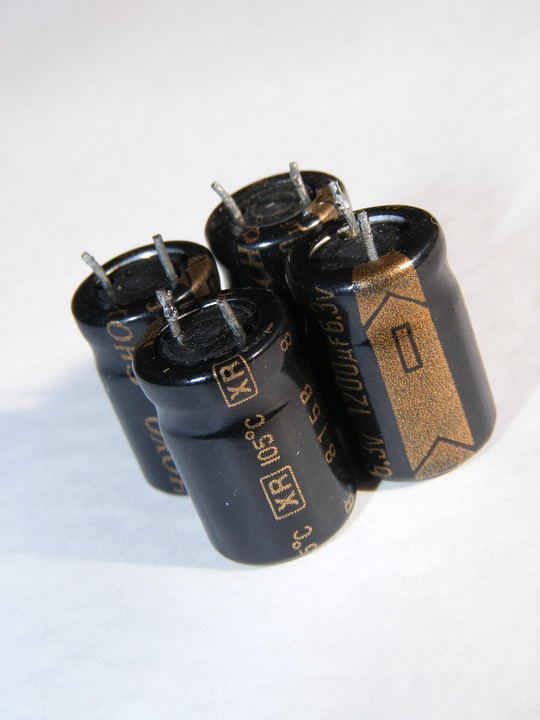The Difference Between Hypotonic and Isotonic Beverages in Hydration Science
Introduction
In the world of sports and fitness, hydration plays a crucial role in maintaining optimal performance and overall health. Two popular types of beverages that are commonly used for hydration are hypotonic and isotonic drinks. While both serve the purpose of replenishing fluids lost during physical activity, they have distinct differences in their composition and effectiveness. This report aims to explore the disparities between hypotonic and isotonic beverages in hydration science.
Understanding Hypotonic Beverages
Hypotonic beverages have a lower concentration of solutes compared to the body’s own fluids. This means that they contain fewer electrolytes and carbohydrates, making them easier for the body to absorb quickly. These drinks are typically recommended for individuals engaging in low to moderate-intensity activities or those looking to rehydrate quickly without consuming excess calories.
One popular example of a hypotonic beverage is coconut water, which is known for its natural electrolyte content. Coconut water has gained popularity among athletes and fitness enthusiasts as a refreshing and hydrating option. According to market research firm Statista, the global coconut water market was valued at $5.18 billion in 2020 and is projected to reach $10.39 billion by 2027.
Exploring Isotonic Beverages
On the other hand, isotonic beverages have a similar concentration of solutes to the body’s own fluids. These drinks are designed to replace fluids and electrolytes lost during intense physical activity, making them ideal for athletes engaging in prolonged or high-intensity workouts. Isotonic beverages often contain a balanced mix of carbohydrates, electrolytes, and water to help replenish energy stores and maintain hydration levels.
One of the most well-known isotonic beverages is Gatorade, which was introduced in 1965 and has since become a staple in the sports drink market. According to Euromonitor International, Gatorade held a 24% share of the global sports drinks market in 2020, with annual sales reaching $7.5 billion.
Comparing Hydration Science
When it comes to hydration science, the choice between hypotonic and isotonic beverages depends on the individual’s activity level, duration, and goals. Hypotonic drinks are effective for quick rehydration and mild exertion, while isotonic drinks are better suited for sustained energy and electrolyte replenishment during intense exercise.
A study published in the Journal of the International Society of Sports Nutrition compared the effects of hypotonic and isotonic beverages on hydration status and exercise performance. The researchers found that isotonic drinks were more effective in maintaining hydration levels and improving endurance performance during prolonged exercise compared to hypotonic drinks.
Conclusion
In conclusion, the difference between hypotonic and isotonic beverages lies in their composition and intended use in hydration science. While hypotonic drinks are ideal for quick rehydration and low-intensity activities, isotonic beverages are better suited for sustained energy and electrolyte replacement during intense exercise. Understanding the differences between these two types of beverages can help individuals make informed choices to optimize their hydration and performance goals in sports and fitness activities.




